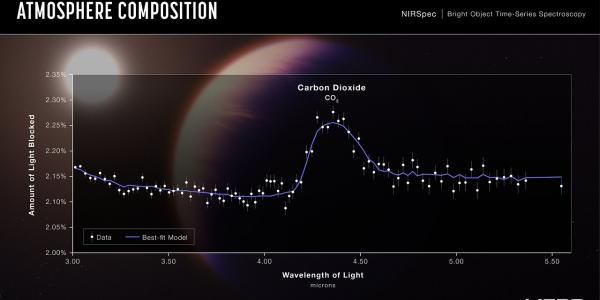Space Sciences/Astrophysics Seminar with Ian Crossfield on Exoplanet Atmospheres in the JWST Era
Precise abundance measurements provide some of the strongest constraints on the formation and evolution of planets, stars, and galaxies, and in the coming decades will also inform the search for extrasolar biosignatures. JWST is now the superlative platform for exoplanet characterization since it allows us to finally measure precise atmospheric abundances of exoplanet atmospheres. I will present our group's work to support JWST exoplanetary science on several fronts, including: (1) the Transiting Early Release Science (ERS) program, which is placing the tightest constraints yet on exoplanet atmospheres; (2) atmospheric models to place the first constraints on exoplanet volatile-to-sulfur ratios, which may be a key to determining exoplanetary formation and accretion histories; (3) observations to confirm and characterize newly-discovered transiting exoplanets to maintain a full pipeline of high-quality planets for JWST characterization; and (4) precise multi-element stellar abundances of cool dwarfs hosting planets targeted by JWST, in order to properly compare exoplanetary abundances to those of their host stars.
Image credit to NASA, ESA, CSA, and L. Hustak (STScI). Science: The JWST Transiting Exoplanet Community Early Release Science Team.
Sponsored by the McDonnell Center for the Space Sciences.

